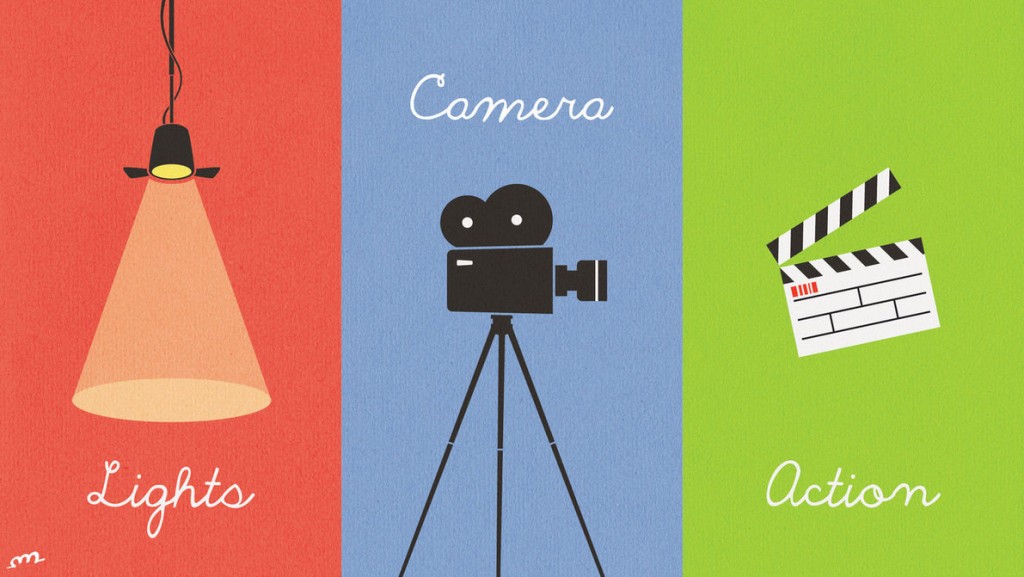By Kat Beaulieu, Communications Strategist
“Make my social media post go viral”
It’s what every client wants and the gold standard for measuring social media success. Plus, who wouldn’t want to be the genius behind a post that goes viral?
And yet, it is an elusive goal that faces many challenges, not the least of which is that most clients tend to want to promote their products and services, which is in stark contrast to a site like ViralNova, whose whole raison d’être is to produce “the latest interesting, hilarious, and mind-blowing stories on the Web.” Additionally, many clients are risk adverse, so what is interesting, hilarious or mind-blowing to social media consumers can be terrifying to clients.
Nonetheless, it is important to at least sustain high levels of interaction with your content and to aspire to make hitting the viral jackpot a regular mission. In the metrics-driven business of PR and marketing, raising your clients’ numbers in social media likes, engagement and “People talking about this” will rely on your ability to generate engaging content. Even if none of your posts go truly viral, getting some reaction will be critical to maintaining and growing your social media page’s engagement.
Since most of us have clients who are not ViralNova, I humbly present a formula for generating engaging social media content that fits you, or specifically: FITC U
The FITC U formula can help you create content that is relevant to your client or brand and also hits on something that is:
- Funny
- Intelligence massager
- Truth
- Cute
- Unbelievable
To elaborate:
- Funny: Most people share posts online that are humorous. Reinterpret your product or service in an unexpected or humorous way. Sell socks? Use a sock monkey puppet. Sell stocks? Create a faux investor report about an impending IPO for zombie repellent. Be creative, but know your audience and what will resonate with them.
- Zodiac Pool Systems combined humor and popular culture in this relevant, funny meme.
- Intelligence massager: You’ve seen these—“75% of people will get this wrong!” People love to let their friends know how smart they are. Create a simple puzzle or quiz that begs people to answer. By answering, they’re engaging and their engagement will get shared on friends’ feeds. Tie your quiz in with #TriviaTuesday for added visibility.
- The Weather Channel cleverly tied in the names of winter storms with this quiz.
- Truth: this follows similar psychology to the ‘Intelligence massager’ in terms of tapping into people wanting to share their wisdom, but instead of being formatted as a puzzle or quiz, it is a statement or set of statements. I use the term “truth” here to imply more of a personal truth than a factual one. Think of celebrity quotes or meme-friendly statements like “Not all those who wander are lost” and “Successful people forgive others.”
- John Muir is the source of many inspirational quotes about nature.
- Cute: babies, puppies and kittens, plus goats in pajamas. Need I say more? #caturday #sundog
- Tri-City Hospital Foundation’s video of Leo the dog driving an electric car was a hit.
- Unbelievable: Think of incredible, mind-blowing things that will prompt people to use the “wow” emoji, like “A ball of glass will bounce higher than a ball of rubber” or “In 616, King Rædwald of East Anglia is conquering Northumbria (Northern England) at the Battle of the River Idle while The General Grant tree is born in Kings Canyon National Park.” Incredible photos work too.
- Sequoia National Park has the largest tree in the world.
What’s the secret to building a viral social media post? Make your post hit three or more of the formula’s elements.
And remember, if you’re having trouble creating content that FITC U, you can always switch things up a little, in which case you may end up deciding to FUC IT.
Need help killing it with social media that FITC U? Don’t give up, reach out, we can help.











 Grant Wright
Grant Wright




 Corie Fiebiger
Corie Fiebiger
 Shae Geary
Shae Geary Roman Lukjanenko
Roman Lukjanenko Phelan Riessen
Phelan Riessen Katrina Early
Katrina Early Hamish Marshall
Hamish Marshall